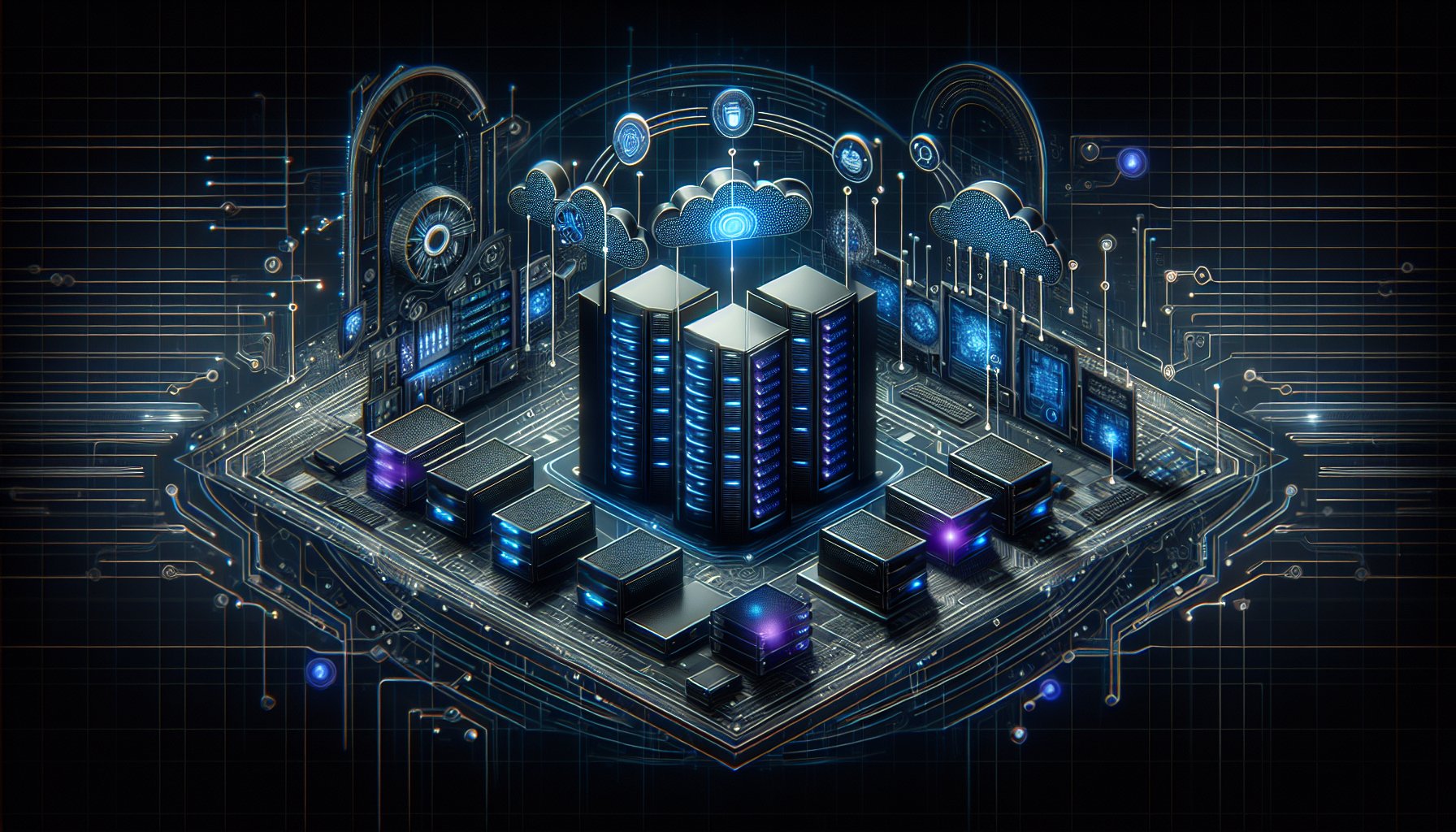Introduction
In an era where technology is evolving at a blistering pace, DevOps has emerged as a game-changer in the IT industry. As we navigate the world of software development in 2025 and beyond, this blog post will walk you through the most current and innovative DevOps practices shaping the industry today.
Continuous Integration and Continuous Delivery (CI/CD)
CI/CD is no longer an option but a necessity for modern software development. It automates the testing and deployment process, ensuring consistent code production and faster delivery. Tools like Jenkins, GitLab CI, and CircleCI lead the way in CI/CD, enabling developers to identify and resolve issues more efficiently.
pipeline {
agent any
stages {
stage('Build') {
steps {
echo 'Building..'
}
}
stage('Test') {
steps {
echo 'Testing..'
}
}
stage('Deploy') {
steps {
echo 'Deploying....'
}
}
}
}
Infrastructure as Code (IaC)
IaC is the backbone of modern DevOps. It allows developers to manage and provision their IT infrastructure through code. Tools like Terraform and Ansible are pioneering the IaC space, enabling scalable and reliable infrastructure management.
provider "aws" {
region = "us-west-2"
}
resource "aws_instance" "example" {
ami = "ami-0c55b159cbfafe1f0"
instance_type = "t2.micro"
}
Microservices
Microservices have revolutionized software architecture by breaking down large applications into smaller, independent services. This design principle enhances scalability and maintainability of applications, providing seamless integration and delivery.
Containerization and Kubernetes
Containerization, with tools like Docker, has transformed how applications are packaged and deployed. Combined with Kubernetes, an open-source platform for managing containerized workloads, it provides a robust infrastructure for deploying microservices at scale.
apiVersion: v1
kind: Pod
metadata:
name: myapp-pod
labels:
app: myapp
spec:
containers:
- name: myapp-container
image: myapp
Conclusion
The modern DevOps landscape is a dynamic and evolving space, shaped by the emergence of innovative practices and tools. Embracing these practices is vital for businesses seeking to stay competitive in the digital world. As we forge ahead into the future of software development, the focus should remain on adopting and adapting to these next-gen DevOps solutions.
Key Takeaways
Stay ahead of the curve by integrating CI/CD into your workflow, manage infrastructure efficiently with IaC, adopt a microservices architecture for enhanced scalability, and leverage containerization with Kubernetes for robust application deployment.
